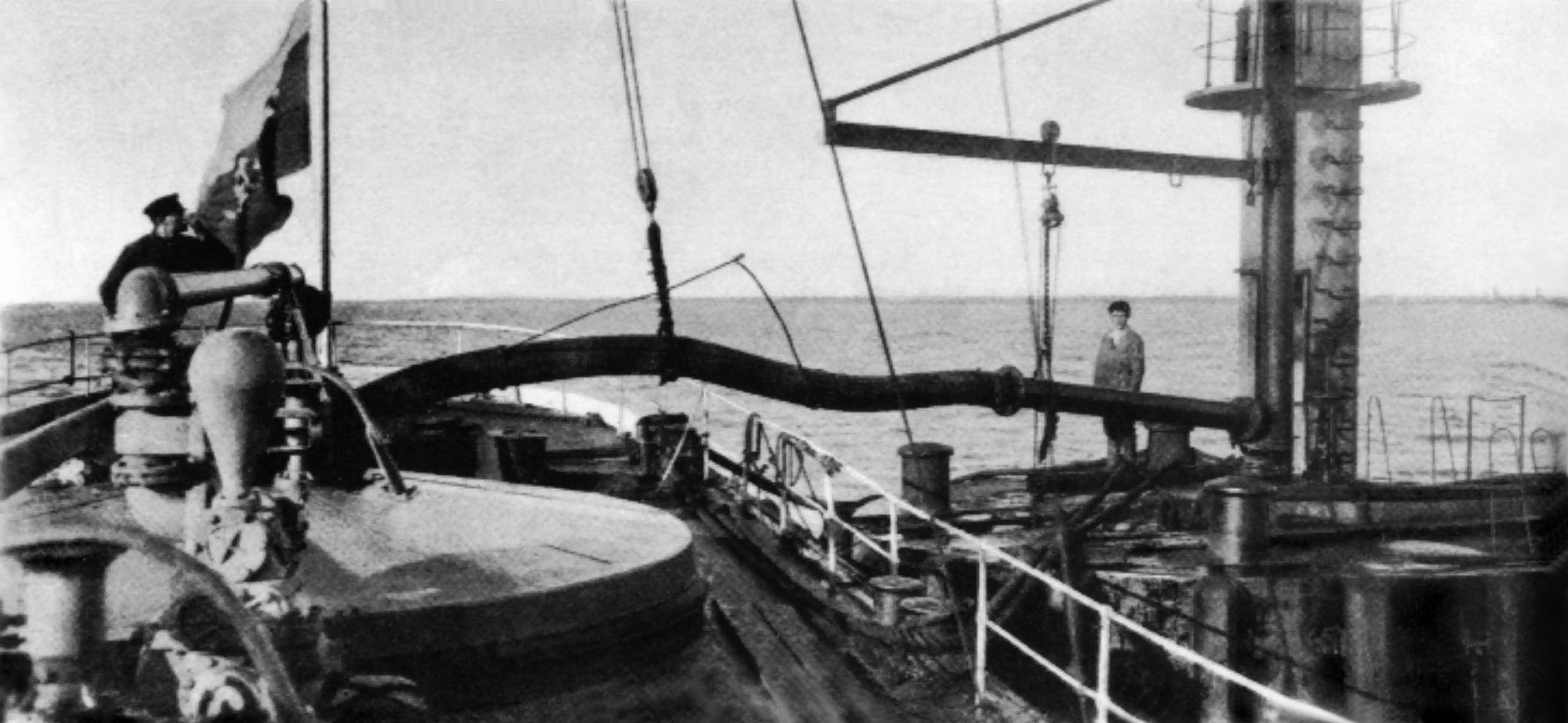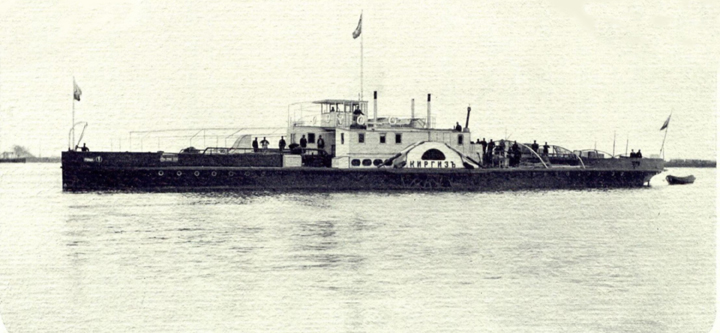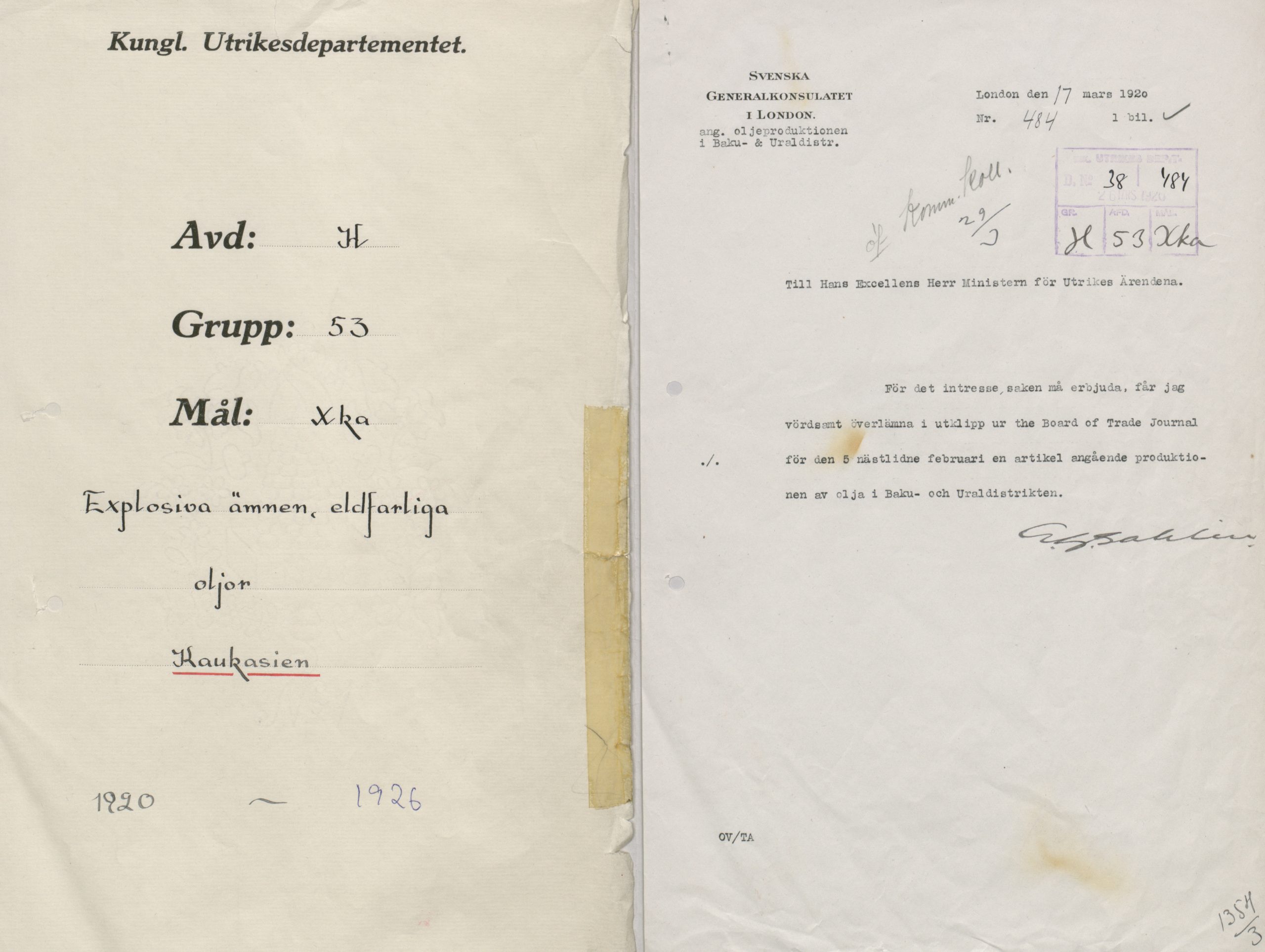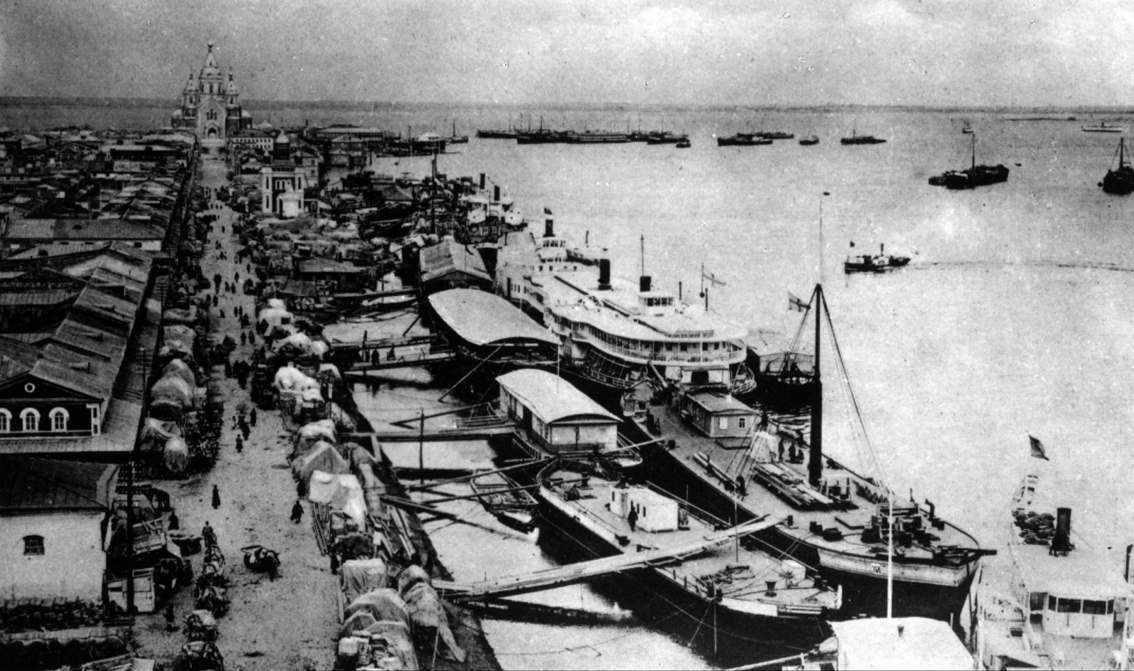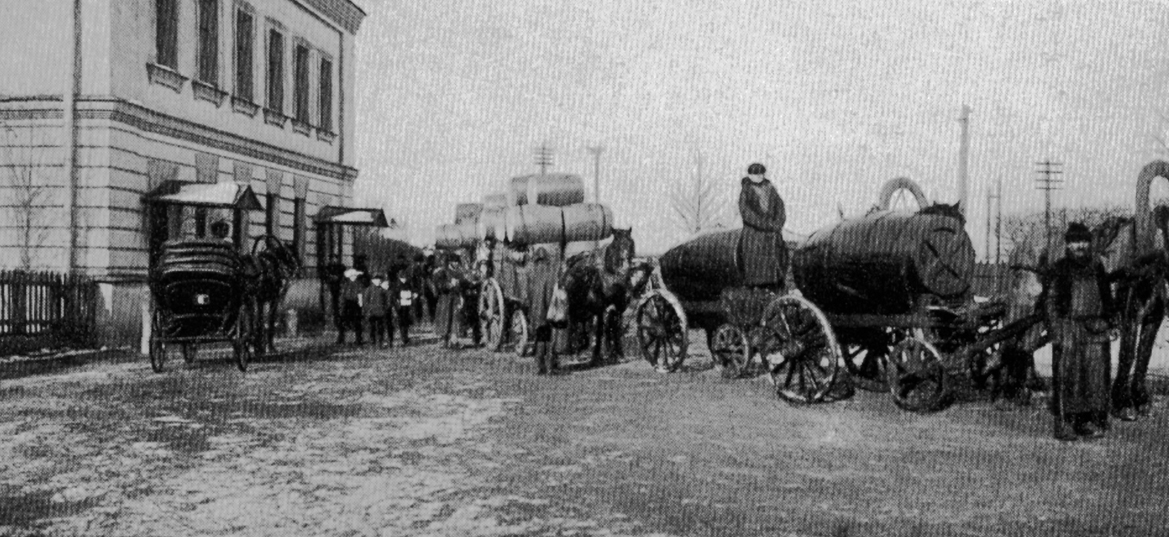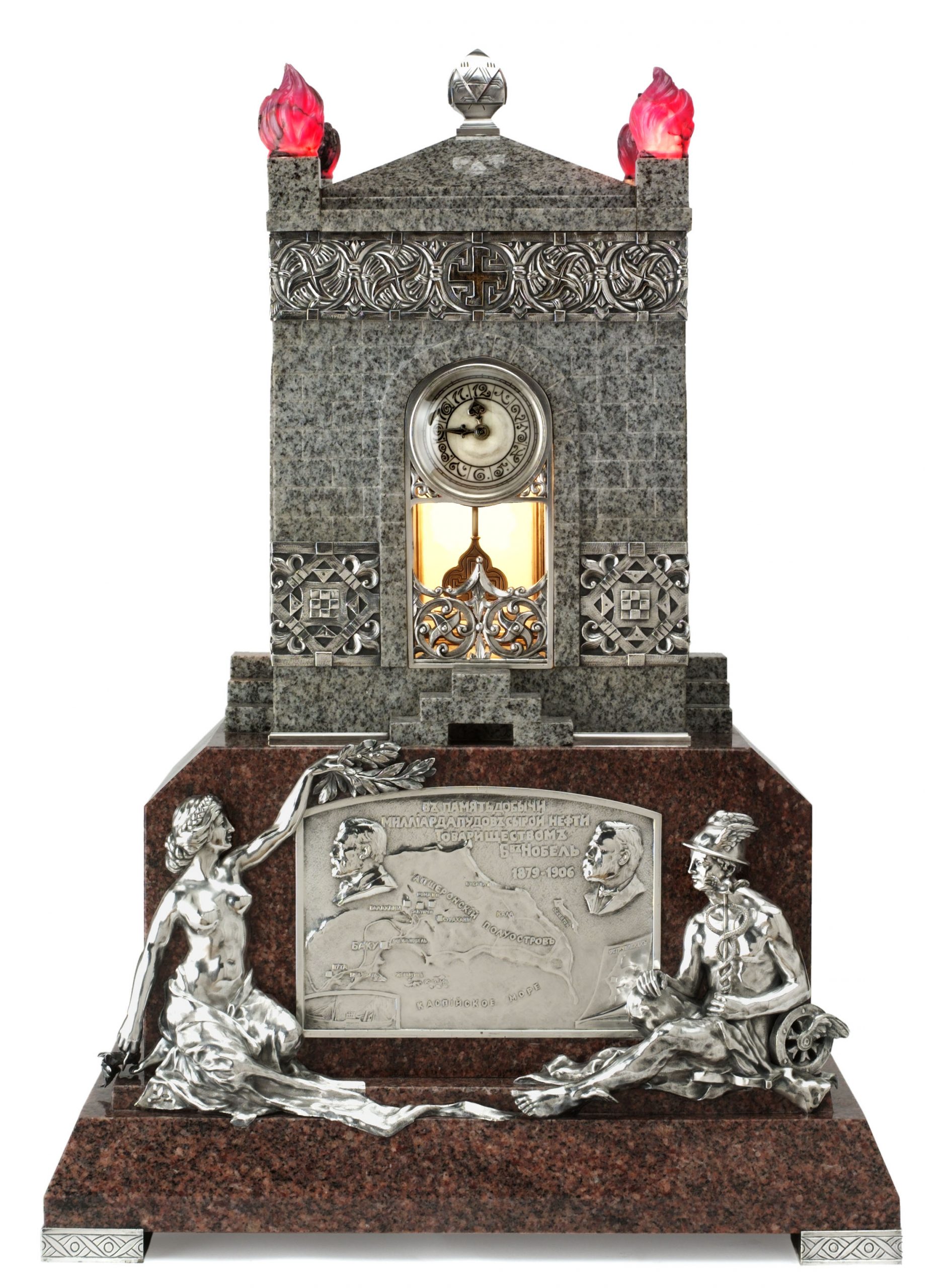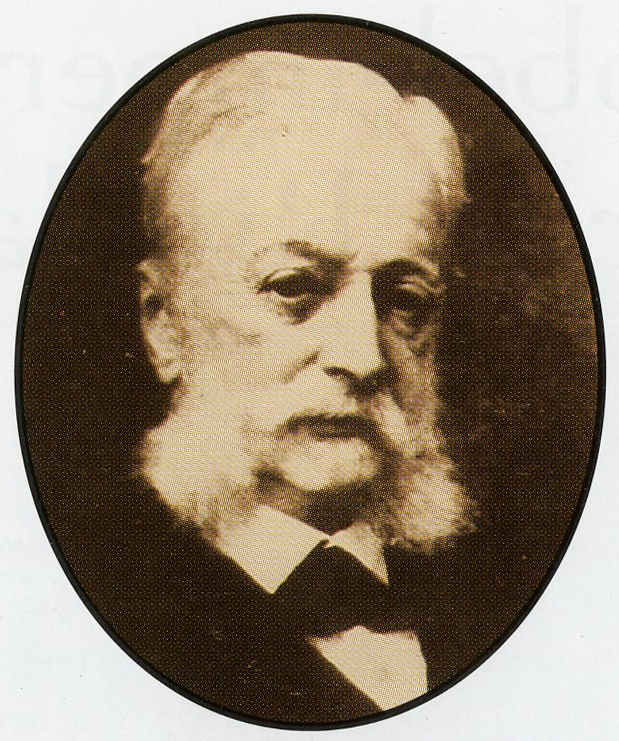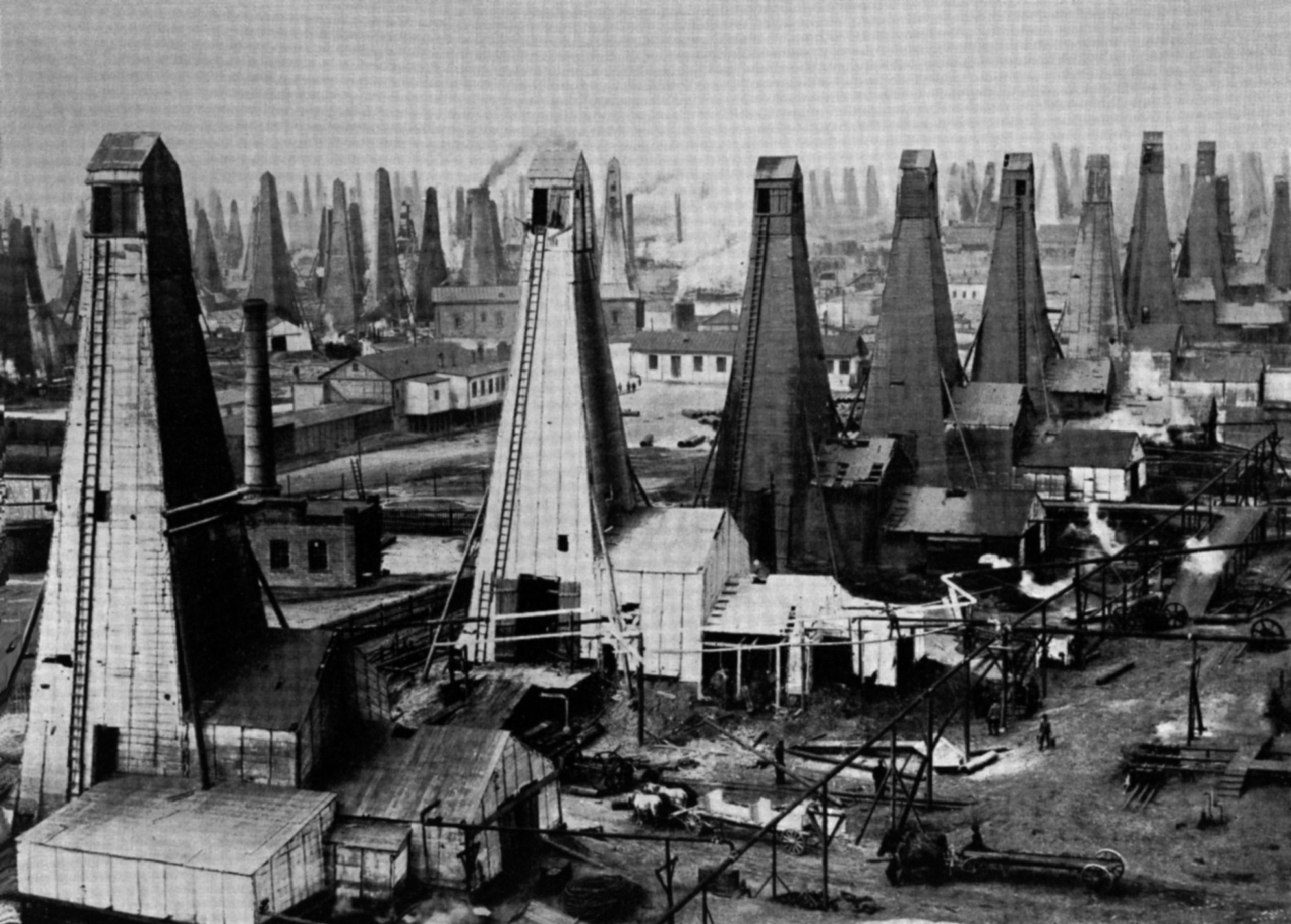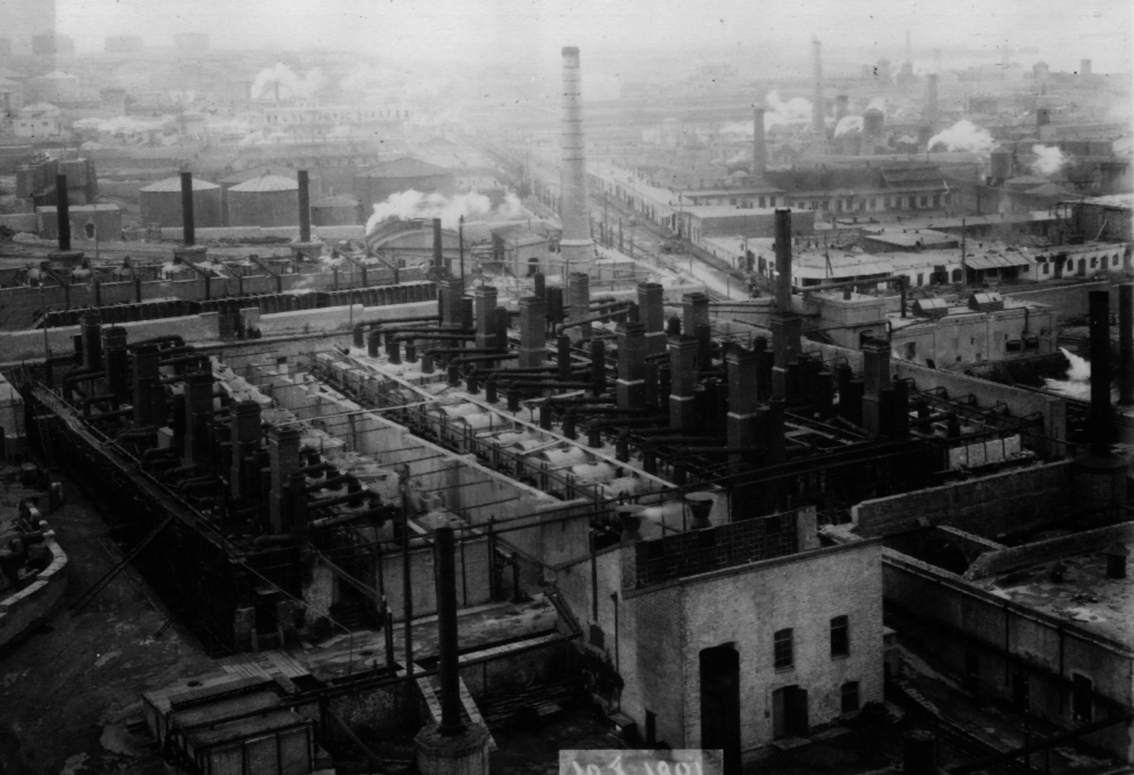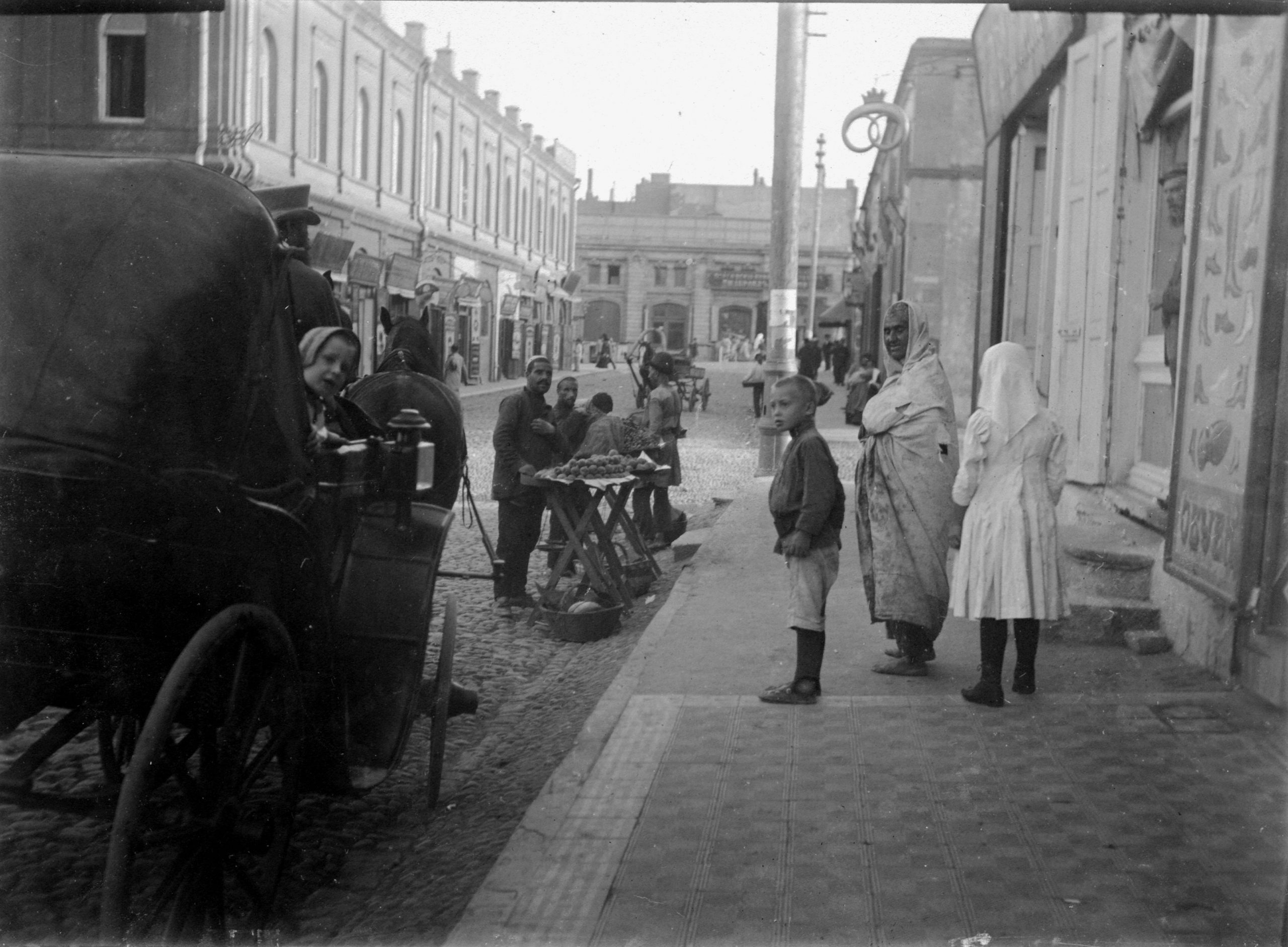Knowledge of oil management is obtained from the USA
In 1877, the brothers Ludvig, Robert and Alfred Nobel make plans for the new oil company, Branobel. All new knowledge of oil management is in the USA and the brothers send the Swedish engineer, Alfred Törnqvist, to Oil City in Virginia to learn about refining, storing and distributing oil.

